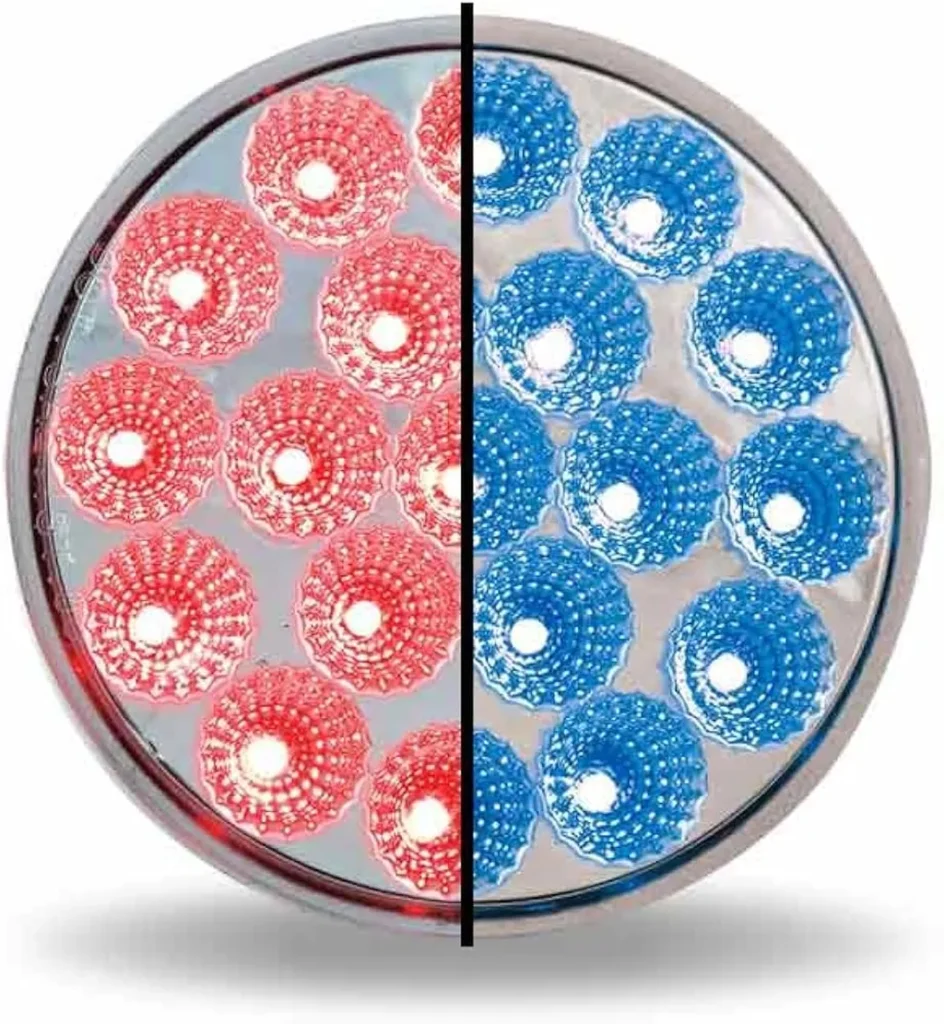In the heart of Côte d’Ivoire, researchers are shedding new light on how LED technology can revolutionize the way we grow our food. A recent study published in *AIP Advances* has uncovered how different light spectra can influence the mineral content of okra leaves, offering promising insights for the agriculture sector.
Okra, a popular fruit vegetable known for its high nutritional value, was the subject of this investigation. The research, led by Cissé Théodore Haba from the Laboratoire d’Ingénierie Electronique, d’Électricité et des Systèmes Embarqués (LIEESE) at the Institut National Polytechnique Félix Houphouët-Boigny (INPHB), explored the impact of blue and red LEDs on the mineral absorption of okra leaves during the late growth stage.
The study revealed that blue light (445 nm) significantly boosted the concentration of sulfur (S) and manganese (Mn) in okra leaves compared to red light (660 nm) and an alternating blue/red regime. “We found that blue light was particularly effective in enhancing these mineral levels,” Haba explained. “This could have significant implications for improving the nutritional quality of crops.”
Red light, on the other hand, induced the highest phosphorus (P) concentration. The alternating blue/red regime produced the lowest levels of strontium (Sr), sulfur (S), and manganese (Mn), which were not significantly different from those observed under red light alone.
These findings open up new possibilities for precision agriculture, where LED lighting systems can be fine-tuned to optimize plant growth and nutrient content. “By understanding how different light spectra affect mineral absorption, we can develop targeted lighting strategies that enhance the nutritional value of crops,” Haba added.
The commercial impacts of this research are substantial. As the demand for high-quality, nutrient-rich produce continues to grow, farmers and agribusinesses can leverage these insights to improve crop yields and quality. The ability to manipulate mineral content through lighting could lead to more efficient and sustainable farming practices, reducing the need for chemical fertilizers and enhancing the overall health of crops.
This study not only highlights the potential of LED technology in agriculture but also paves the way for future research into how light can be used to engineer the nutritional content of crops. As the agriculture sector continues to evolve, the integration of advanced lighting systems could become a cornerstone of modern farming practices, shaping the future of food production and nutrition.
With the agriculture sector increasingly turning to technology to address global food security challenges, this research offers a glimpse into the innovative solutions that lie ahead. As Haba and his team continue to explore the intersection of light and plant physiology, the possibilities for enhancing crop quality and yield through precision lighting are vast and promising.

